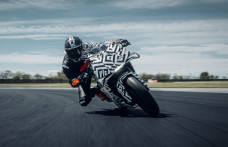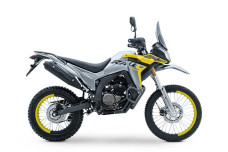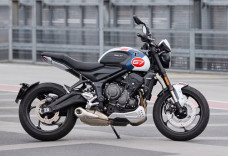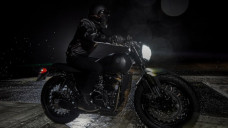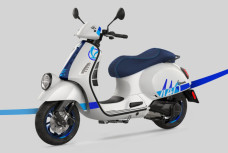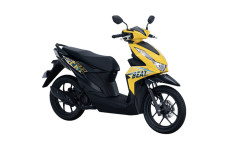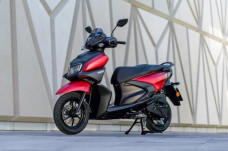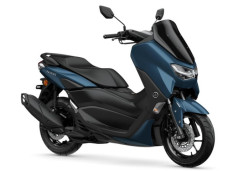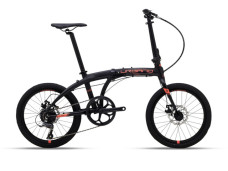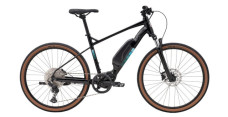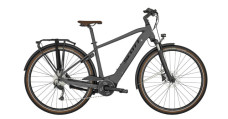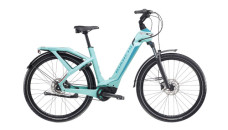Sell your bike at the Largest Used Bike Marketplace and get the highest price.
Why Sell With Bikes4Sale?
- • Dedicated bike portal, started in 2007.
- • More than 5,00,000 bikes sold till date.
- • No commission on sale.
- • Usual time to sell between 1 to 3 weeks.


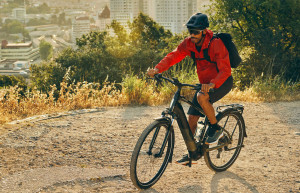 Expensive Urban Bikes from Leading Brands in Australia
Expensive Urban Bikes from Leading Brands in Australia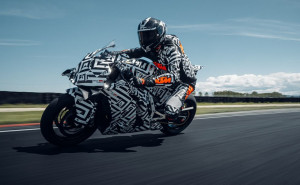 KTM Returns to Supersport Glory: 2025 KTM 990 RC R Ready to Unleash
KTM Returns to Supersport Glory: 2025 KTM 990 RC R Ready to Unleash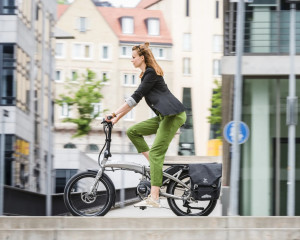 Australia's Best Folding Bikes
Australia's Best Folding Bikes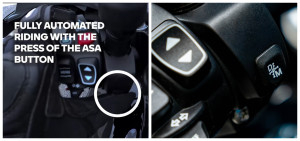 BMW Motorrad Unveils Innovative Automated Shift Assist System. See How it Runs
BMW Motorrad Unveils Innovative Automated Shift Assist System. See How it Runs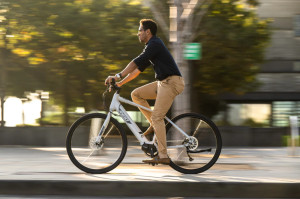 10 Best Electric Commuter Bikes in Australia
10 Best Electric Commuter Bikes in Australia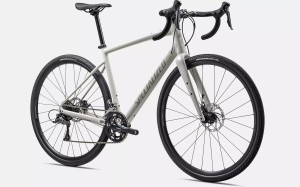 Cheapest Gravel Bikes from Top Brands in Australia
Cheapest Gravel Bikes from Top Brands in Australia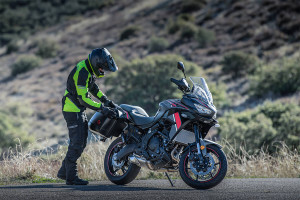 Best Beginner Touring Motorcycles in the US
Best Beginner Touring Motorcycles in the US Ridley Unveils Trio of Grifn All-Road Bikes: Grifn RS, E-Grifn, and Grifn A
Ridley Unveils Trio of Grifn All-Road Bikes: Grifn RS, E-Grifn, and Grifn A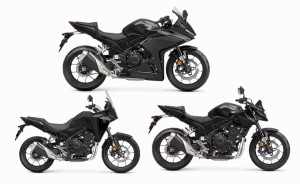 Honda Launches 2024 NX500, CB500F, and CBR500R Models in US
Honda Launches 2024 NX500, CB500F, and CBR500R Models in US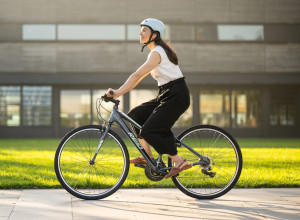 Best Urban Commuter Bikes in Australia
Best Urban Commuter Bikes in Australia